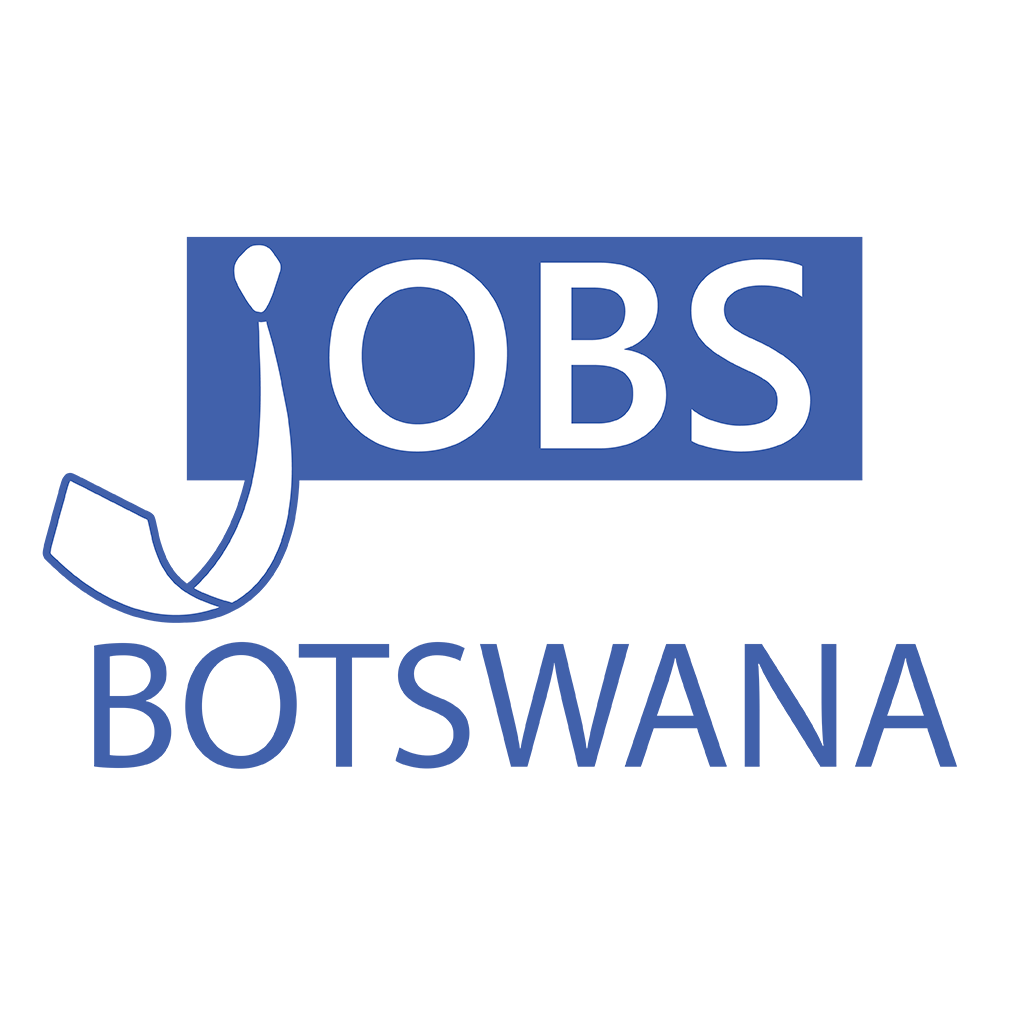WE ARE STILL MAKING CVs FOR P120. COVER LETTERS FOR P60
Pay with FNB EWallet to 76981238 or Orange Money on number 76981238
Whatsapp us on +26776981238
JOIN US ON OUR WHATSAPP CHANNEL HERE
Safety, Health and Environment
Internal Communications
.
- A recognised University Degree in Computer Science, Computer Engineering, Information Technology, Business Administration or Equivalent.
- Industry related certification e.g. BW/BI SAP Certification, MCSA – BI or SQL – BI is required.
A minimum of 5 years post qualification experience in an IT environment, 3 of which should have been in Business Analysis/Business Warehouse and reporting.
Managerial Experience
Basic experience of coordinating the work of others.
Collaborative Influence
Win the hearts and minds of others across boundary collaborations and to do the right thing, regardless of formal authority. Specifically, invites individual cooperation; for example, inviting the sharing of alternative solutions or viewpoints.
Works cooperatively as part of a team and collaboratively with peers, internally and externally. Specifically, values others’ input; for example, actively bringing people together around a specific problem.
Initiative
Acts proactively to avoid problems or identifies and takes advantage of opportunities. Specifically, is proactive; for example, recognizing and acts on current opportunities or problems and takes action.
Focuses on assessing, measuring and improving performance. Shows drive and determination to meet short- and long-term goals. Specifically, strives to meet challenging goals; for example, setting ambitious, but realistic goals for performance improvement (for self and/or own team).
Understanding Others
Takes an active interest in other people. Seeks to understand their individual perspectives and concerns and accurately hears the unspoken or partly expressed thoughts, feelings and concerns of others. Specifically, actively listens; for example, repeating what was heard to check understanding, particularly in difficult conversations.
Manages, tracks and attends to multiple pieces of information, bringing order and clarity. Specifically, monitors others’ work; for example, checking to ensure that procedures are followed.
Adaptability
Responds to differences and changes in the internal or external context, taking a flexible approach to reach business outcomes. Specifically, adapts tactics; for example, while maintaining the same overall plan or strategy, changing how to accomplish goals in line with changing circumstances.
Approach to Thinking
Thinks through situations of varying degrees of complexity and ambiguity, in order to understand them clearly. Specifically, cuts through complexity; for example, explaining complex situations or data in a way that is easy for others to understand.
Conceptual Thinking
Thinks through issues by seeing the pattern or big picture, brings facts and ideas together, and develops innovative or creative insights. Specifically, sees patterns or trends; for example, spotting recurring problems.
Identifies and meets the needs of internal and external customers, being continually focused on outcomes for customers. Specifically, customizes solutions; for example, recommending or adapts products, services or solutions to address the customer’s real needs.
Information Seeking
A desire to know more and seek information to inform decisions. Specifically, researches; for example, conducting debriefs following completed projects to understand what worked well and what did not.
Considers and addresses the organization as a set of interacting systems so as to structure and align organizational ways of working to the strategy or organizational purpose. This is about changing structure, systems, processes (the ‘plumbing’ of the organization) – it is not the interpersonal aspects of leading change. Specifically, identifies areas for change; for example, diagnosing misalignment between the organizational structure or model and the desired outcomes.
Identifies, assesses, prioritizes and manages risks in a production process without supervision and provides technical guidance when required.
Applies comprehensive knowledge and skills to work independently while providing guidance and training to others on reviewing and creating relevant, lucid and effective reports.
Works without supervision and provides technical guidance when required on maintaining the security, integrity, compliance and continuity of IT systems and services.
IT Data Management
Uses comprehensive knowledge and skills to act independently while guiding and training others on managing information throughout its lifecycle by designing and executing appropriate architectures, policies and practices.
Works independently using comprehensive knowledge and skills to guide and train others on identifying and diagnosing customers’ technical problems, then resolving those problems by choosing the best authorized solution.
Works without supervision and provides technical guidance when required on designing architectures that meet system and service requirements.
Application Development
Works without supervision and provides technical guidance when required on developing software using programming languages.
Works independently and provides guidance and training to others on analyzing data trends for use in reports to help guide decision making.
Data Management
Applies comprehensive knowledge and skills to work independently while providing guidance and training to others on acquiring, organizing, protecting and processing data to fulfill business objectives.
Works without supervision and provides technical guidance when required on planning, organizing, prioritizing and overseeing activities to efficiently meet business objectives.
Policy and procedures
Works without supervision and provides technical guidance when required on developing, monitoring, interpreting and understanding policies and procedures, while making sure they match organizational strategies and objectives.
